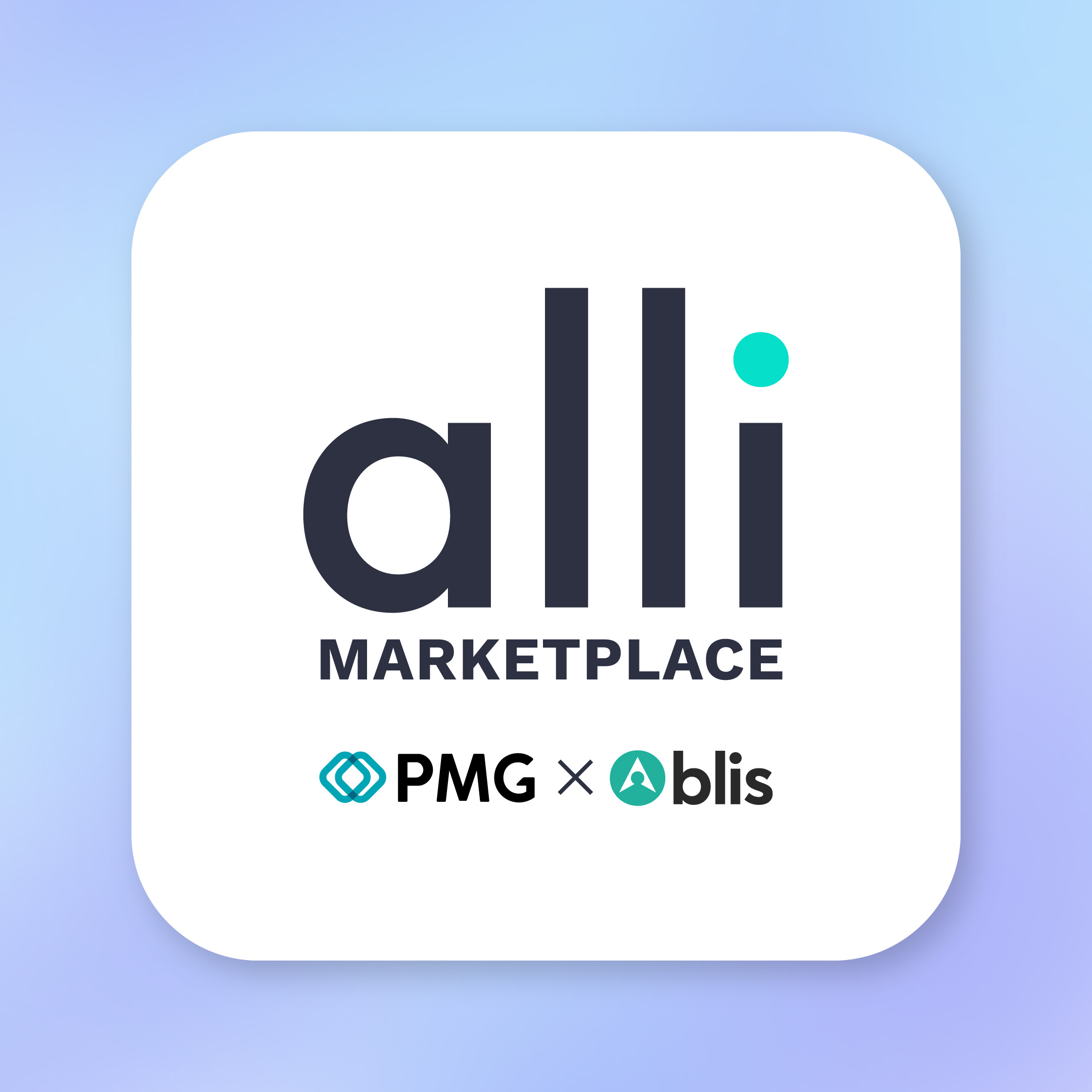Attribution — the process of figuring out how various marketing touchpoints help lead to a conversion—is key to effective marketing. It gives advertisers insight into what’s working and what isn’t, enabling them to reduce waste and optimize their campaigns. This, in turn, can help inform future media budgets and boost ROI.
In short, accurate attribution and measurement are big wins for marketers. So it’s no wonder 81 percent of them said it was their focus in 2017.
But let’s face it: Attribution is hard. The customer journey today is more complex than ever, as consumers move seamlessly between smart TVs, smart phones, desktops and tablets. As a consequence, it then becomes difficult for marketers to measure ROI properly So difficult in fact that 40 percent of marketers consider proving ROI their top challenge.
To overcome these challenges, marketers shouldn’t be afraid to ask for help. In fact, by turning to the experts, they can significantly improve attribution and measurement.
At Blis, we recently partnered with a suite of data partners. Here’s how brands take advantage of these partnerships to improve attribution and measurement.
1. Are you sure the right people are seeing your ads?
The first step is trying to make sure you’re engaging the right audiences. The aim is to engage category and brand buyers at scale with relevant messages in the right moments to minimize waste. You can then use that data to help measure how effectively campaigns are reaching those buyers.
This is where Oracle Data Cloud comes in, who create advanced audience segments using purchase-based data. For example, we set up a campaign with a household soap brand that began with identifying our target audience: women aged 25 to 45 who’d been seen at places parents usually go. Oracle Data Cloud then segmented this further by identifying those who had previously bought that brands’ soap product. If certain consumers consistently fail to respond to an ad, either by clicking or visiting the store, the advertisers can decide to leave them out next time.
2. So, they saw your ad. Did they go inside?
Earlier this year, we merged our powerful location data with Unacast, the world’s largest beacon network, to help our clients improve targeting and attribution. Through this partnership, we now have access to aisle-specific foot traffic data from retailers across the country including CVS, Target, and Duane Reade.
What does this data do for advertisers? It allows them to determine which of the consumers exposed to their campaigns actually set foot inside a store. That means advertisers can understand how their proximity campaigns performed and drove foot traffic—and how much. They can also use this data to optimize their campaigns further.
3. They went inside. But did they buy your product?
Thanks to beacons, you can find out when consumers step foot inside certain brick-and-mortar stores. But how can you be sure they actually purchased your products once inside?
Enter data analytics partners RSi’s Ansa and IRI. With access to their extensive purchase data, Blis’ clients can more accurately measure in-store sales uplift as a result of digital campaigns. RSi’s Ansa provides our clients with daily, store-level POS-data to measure the impact of digital ads on in-store sales uplift at nation’s leading retailers, while IRI provides point-of-sale data from leading retailers and CPG companies from around the globe.



